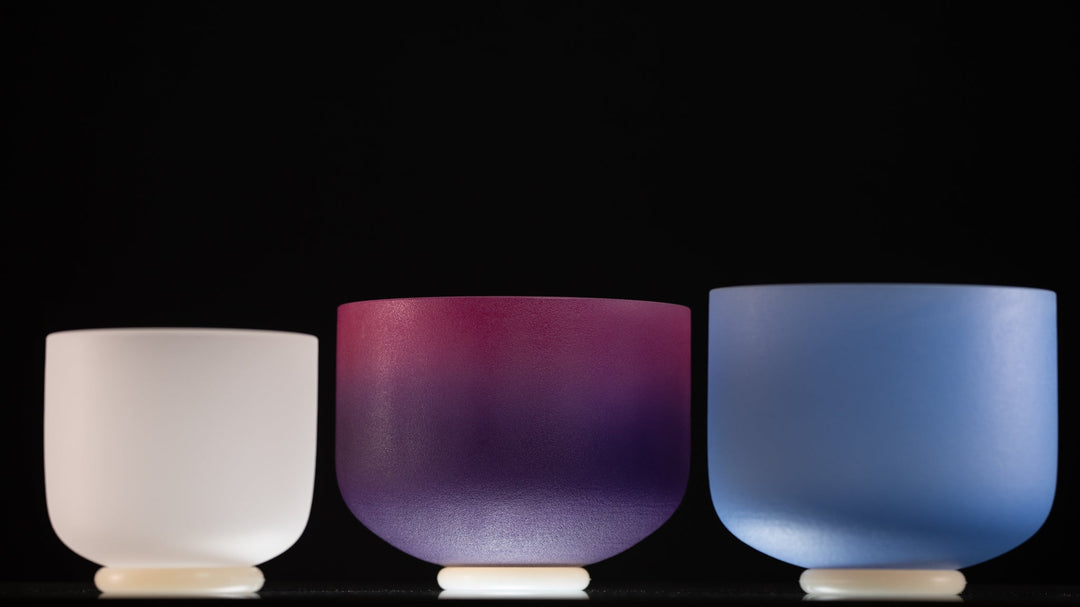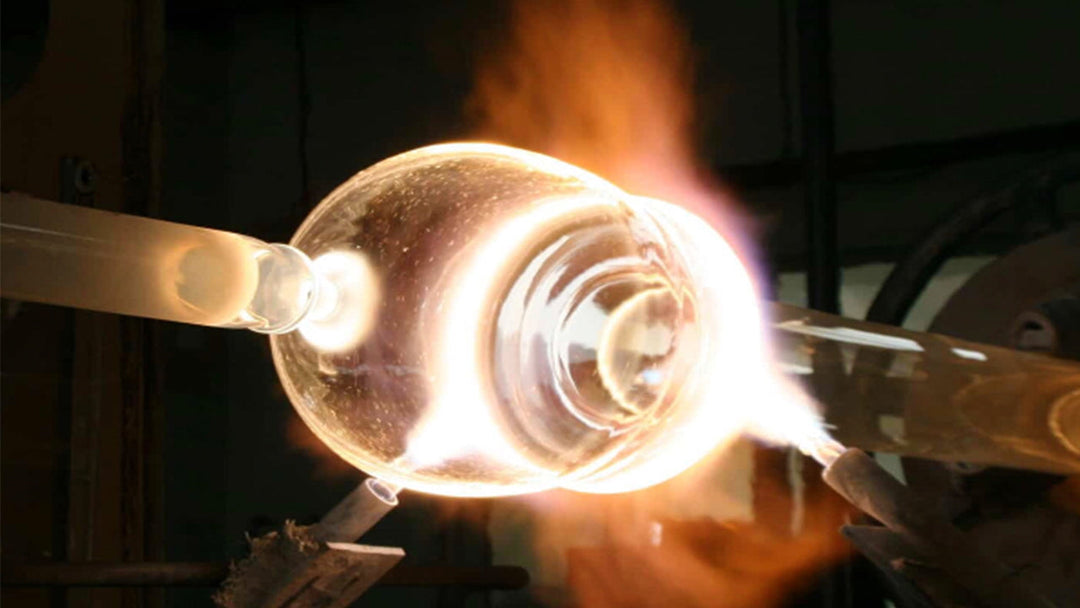Sound Bath, Sound Healing, Sound Meditation: What's the Difference?
Sound Bath, Sound Healing, Sound Meditation?
Let’s begin simply the real purpose of any sound experience is relaxation. Whatever you call it sound bath, sound healing, or sound meditation the aim is to bring the body and nervous system back into a natural, relaxed state. A space where the body softens, the breath deepens, and the mind begins to let go.
Our modern world is constantly stimulating us. Our senses, our attention, our thoughts are often pulled outward. Throughout the day, we accumulate stress, distractions, emotional weight, and disconnection from our center. So when we speak of "sound healing," we’re really speaking of sound-supported relaxation. The kind that helps return the body to homeostasis. It’s not just about listening. It’s about remembering how it feels to come home to yourself.
It Begins With Who Holds the Space
Whether you call it a sound bath, sound healing session, or sound meditation, what really matters is who is holding the space. That person’s presence, training, and intention shape the entire session.
Some facilitators approach the practice from a musical background, others through the path of yoga, energy medicine, or meditation. What they all ideally have in common is the ability to hold space without trying to control it. They aren’t performing. They’re listening. To the room, to the participants, to the energy present. The best facilitators guide through neutrality, not ego.
That neutrality is key. It creates a container where each person in the room can drop into their own experience, whatever that may be. Some may feel deeply calm. Others might have emotions rise up. Others might just feel nothing at all. There’s no right or wrong response. The space simply invites.
What Do the Terms Mean?
You might see all sorts of descriptions: sound healing journey, sound meditation, vibrational therapy, or sound bath. Often, they’re used interchangeably.
Sound Bath usually refers to a passive experience where participants lie down, relax, and receive sound vibrations. The term "bath" describes being immersed in sound waves, as though bathing in frequency. There’s no effort, no expectation. It is about receiving and resting.
Sound Healing often implies a therapeutic intention. It may be one-on-one or in a group. It suggests sound is being used with awareness to support the body in returning to a state of health or balance. That said, no one is healing you. The sound supports your system. Your body does the work.
Sound Meditation might be more structured. It can involve focused listening, breathwork, or gentle guidance during the session. Some facilitators might blend meditation techniques with sound to help quiet the mind and guide awareness inward.
The truth is, many experiences include all of these elements. It comes down to the style of the practitioner, the needs of the moment, and the language they choose to describe it.
Nature is the Original Sound Bath

Long before instruments were placed in studios or wellness spaces, nature offered the first sound meditations. Think about how you feel when you hear birds singing in the morning. Or when the wind rustles through the leaves. Or the gentle rhythm of waves at the ocean. Or a creek flowing over stones as you rest your feet in its cool water.
These are healing sounds. They relax the body, soothe the mind, and bring us into the present moment. You don’t need a crystal bowl to feel the effects of sound healing. You just need to listen.
That’s why this practice is so accessible. You can tune in wherever you are. Close your eyes. Listen to the hum of life around you. Let it bring you back to yourself.
Instruments and Intention
When it comes to sound experiences in a guided setting, the instruments used can vary.
Each instrument has a unique frequency and texture. Some are grounding. Others lift you into spaciousness. But again, how they are played makes all the difference.
Sound has the potential to soothe or to overstimulate. A practitioner who listens deeply will use silence as skillfully as they use sound. They will allow the space to breathe. They won’t overplay. They will trust the intelligence of the instruments and the body.
The goal isn’t volume or performance. It’s resonance. The sound is there to support the nervous system in unwinding. Less is often more.
You are the Healer
Let’s be clear about this. The real work of healing is done by you. Not by the person holding the gong or the bowl. They offer presence. They offer vibration. But they are not the source of your healing. You are.
The facilitator creates a space where you can rest. Where your breath can deepen. Where your system can regulate itself. That’s where transformation happens. Not through force, but through surrender.
Creating the Right Environment

Whether you’re attending a sound session or playing instruments at home, the environment matters. Comfort is key. If the body isn’t comfortable, it’s harder to relax.
Look for sessions that offer mats, blankets, bolsters, and eye pillows. If you’re at home, make sure you have a soft surface to rest on. Bring a cushion under your knees or a warm layer for your shoulders. Every little detail helps the body feel safe enough to let go.
Also, the space should be quiet and free of distractions. The instruments themselves should have room to sing. Be mindful of jewelry or long necklaces that could touch the bowls as you lean forward. Keep the area around the instruments clear so you can move freely. Every bit of care you put into the setup creates a smoother experience.
Sounds at your fingertips
![]()
Not everyone has access to in-person sound sessions, and that’s okay. High-quality recordings, especially when listened to through good speakers or headphones, can still offer a lot of benefit. It’s not the same as being in the room but can be deeply relaxing.
We’ve shared thousands of therapeutic, professionally recorded, ad-free offerings on YouTube. They’re available any time you need a moment of calm. Whether it’s five minutes before bed or an hour long session on a day off, the support is there.
The Science Behind the Stillness
What makes all this work? One explanation is sympathetic resonance. When you hear the pure tones of a singing bowl or gong, your body begins to vibrate with it. It entrains your system. Your breath slows. Your brainwaves shift, often into the theta range, where deep rest and creativity arise.
Sound doesn’t just enter through the ears. It moves through the skin, the bones, the water in your body. It speaks to the whole system. And that’s why sound can be so powerful. It doesn’t push. It invites.
So What Should You Call It?
You can call it whatever feels right. Sound bath. Sound meditation. Sound healing. At the end of the day, the name doesn’t matter nearly as much as the experience itself.
What we are all really seeking is the space to relax. To reset. To feel held without needing to do anything. To allow what no longer serves us to move. To remember what balance feels like.
And that is something sound can gently and beautifully help us find again and again.



